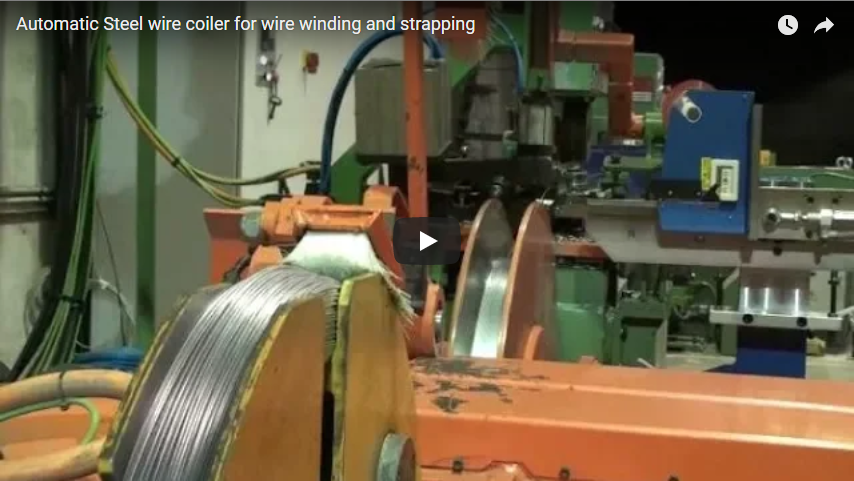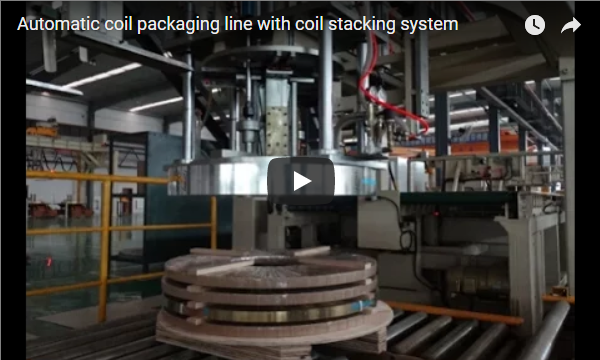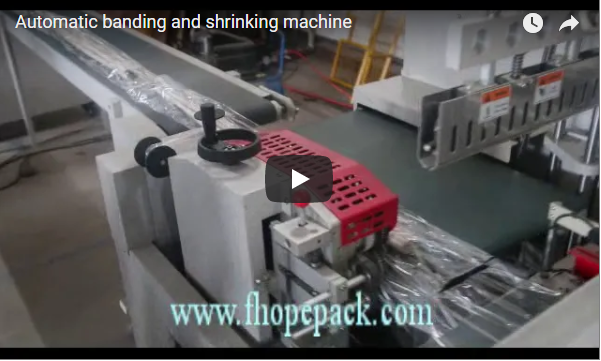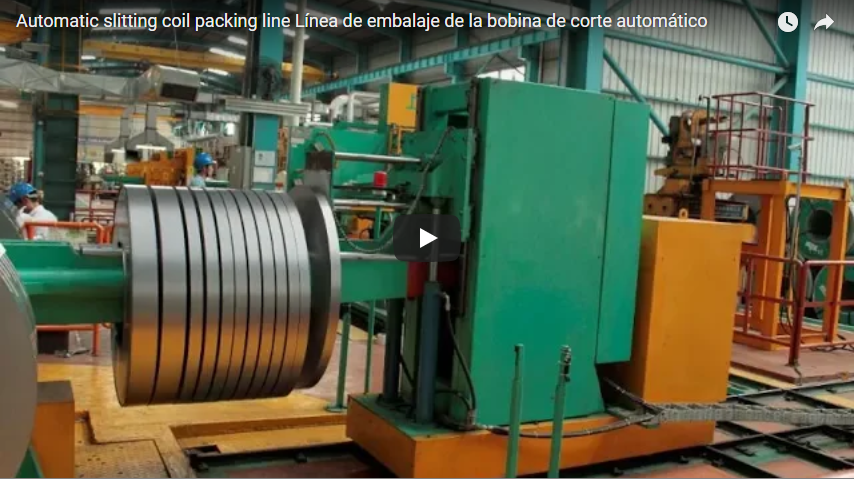Streamlining OCTG Logistics: Advancements in Automated Casing and Tubing Packing Lines
The efficient and secure handling of Oil Country Tubular Goods (OCTG), specifically casing and petroleum tubing, is paramount in the demanding oil and gas industry. Ensuring product integrity from mill to well site minimizes costly damage and delays. Automated packing lines represent a significant technological leap, addressing the challenges associated with manual or semi-automated bundling and strapping processes. These systems are engineered not just for speed, but for precision, reliability, and enhanced operational safety, aligning with industry best practices and standards like those outlined by the American Petroleum Institute (API) regarding pipe handling and transport preparation.
The Challenge: Manual and Semi-Automated Pipe Handling
Traditional methods of bundling and strapping casing and tubing often involve significant manual labor. This approach presents several inherent challenges:
- Safety Risks: Manual handling of heavy pipes increases the potential for worker injuries.
- Inconsistent Bundle Quality: Variations in manual strapping tension and placement can lead to loose or unstable bundles.
- Potential Product Damage: Improper handling or insecure strapping can cause surface damage, end damage, or deformation to valuable pipes.
- Lower Throughput: Manual processes are inherently slower, creating bottlenecks in production or shipping workflows.
- Labor Costs: Significant manpower is required to maintain output levels.
Automated Packing Lines: Engineering Efficiency and Precision
Modern Casing and Petroleum Tubing Bundling and Strapping Machines leverage automation to overcome these limitations. These integrated systems typically perform a sequence of operations designed for optimal efficiency and product protection.
Core Technologies and Operational Flow:
- Pipe Layer Forming & Feeding: Individual pipes are often arranged into layers, commonly forming hexagonal or square shapes for optimal density and stability. Advanced systems utilize sensors and mechanical guides for precise alignment.
- Bundle Formation: Layers are systematically stacked to form the complete bundle according to pre-set configurations managed via Programmable Logic Controllers (PLCs). Patent literature often highlights innovations in clamping mechanisms (e.g., Patent USXXXXXX describing self-centering clamps) ensuring bundle integrity during transfer.
- Strapping Application: Automated strapping heads apply steel or high-strength PET straps at designated positions along the bundle length. Key technological advancements focus on:
- Precise Tensioning: Ensuring straps are tight enough to secure the load without damaging the pipe coating or body, often controlled via servo-motors or hydraulic systems. Research indicates optimal tension values are critical for load stability during dynamic transport conditions.
- Reliable Sealing: Utilizing methods like notch sealing or friction-weld sealing (for PET) to guarantee strap joint integrity.
- Strap Feeding Mechanisms: Improved designs minimize jams and ensure consistent strap delivery, crucial for uninterrupted operation.
- Bundle Discharge: Completed bundles are smoothly transferred to exit conveyors or storage areas, ready for transport.
Key Benefits and Performance Metrics:

- Enhanced Throughput: Industry reports suggest automated lines can increase packaging speeds by 30-50% or more compared to manual methods, significantly reducing cycle times.
- Improved Safety: Minimizing manual interaction drastically reduces the risk of handling-related injuries.
- Consistent Quality & Product Integrity: Automated control ensures uniform bundle shapes and consistent strap tension, reducing the likelihood of damage during transit. Studies published in journals like Materials Performance emphasize the cost implications of corrosion initiated by coating damage during handling.
- Reduced Labor Requirements: Automation allows skilled workers to be redeployed to higher-value tasks.
- Material Optimization: Precise strap placement and tensioning can potentially reduce strapping material consumption compared to less controlled manual methods.
Technical Considerations for Implementation
Selecting and integrating an automated packing line requires careful consideration of specific operational needs:
- Pipe Specifications:
- Diameter Range (e.g., 2 3/8" to 20")
- Length Range (e.g., R1, R2, R3 lengths)
- Wall Thickness & Grade (influences weight and handling requirements)
- Bundle Configuration:
- Desired Shape (Hexagonal, Square, Rectangular)
- Maximum Bundle Weight (e.g., up to 5 tons or more)
- Performance Requirements:
- Required Cycle Time (bundles per hour)
- Level of Automation (Semi-automatic feed vs. fully integrated line)
- Strapping:
- Material Preference (Steel or PET)
- Strap Dimensions (Width, Thickness)
- Control System:
- PLC brand preference, HMI (Human-Machine Interface) features, data logging capabilities.
- Footprint and Layout: Integration with existing mill layout and material flow.
Built for the Demands of the Oil and Gas Sector
These automated systems are constructed using robust materials and components designed to withstand the rigorous environment of pipe mills and processing facilities. Durability and reliability are key design tenets, ensuring long service life and minimizing downtime – a critical factor in the high-stakes oil and gas supply chain. The ability to customize machine parameters via intuitive HMIs allows operators to easily adapt the packaging process for different pipe sizes and customer specifications.
In conclusion, the implementation of automated Casing and Petroleum Tubing Bundling and Strapping Machines offers a compelling return on investment for OCTG manufacturers and processors. By enhancing efficiency, improving safety, ensuring consistent package quality, and protecting valuable assets, these systems are vital tools in streamlining logistics and maintaining competitiveness in the global energy market.
Explore further details on comprehensive automatic pipe bundle packing lines and their integration capabilities.






